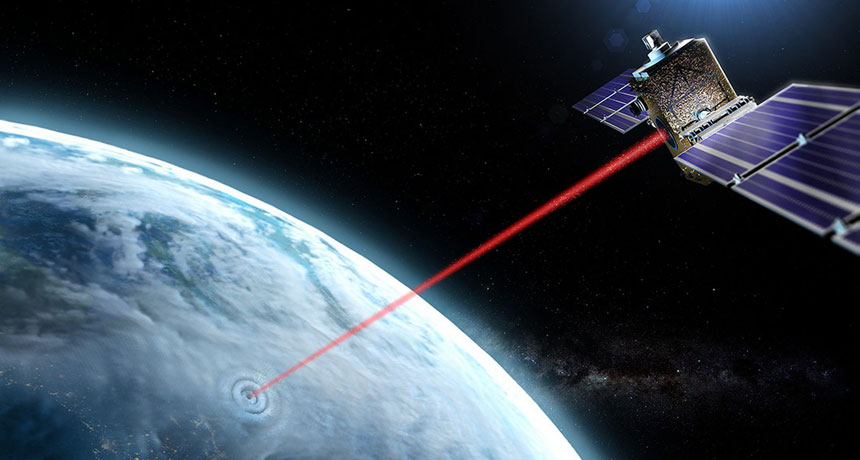This cloud-zapping laser could help scientists create a quantum internet
A fast-pulsing beam creates a tiny shock wave to dispel water droplets in the air

PIERCE THE CLOUDS A shock wave from a high-powered laser (illustrated) can cut a tiny path through cloud cover. The technique could allow a second laser to transmit data to an orbiting satellite.
Xavier Ravinet/UNIGE







